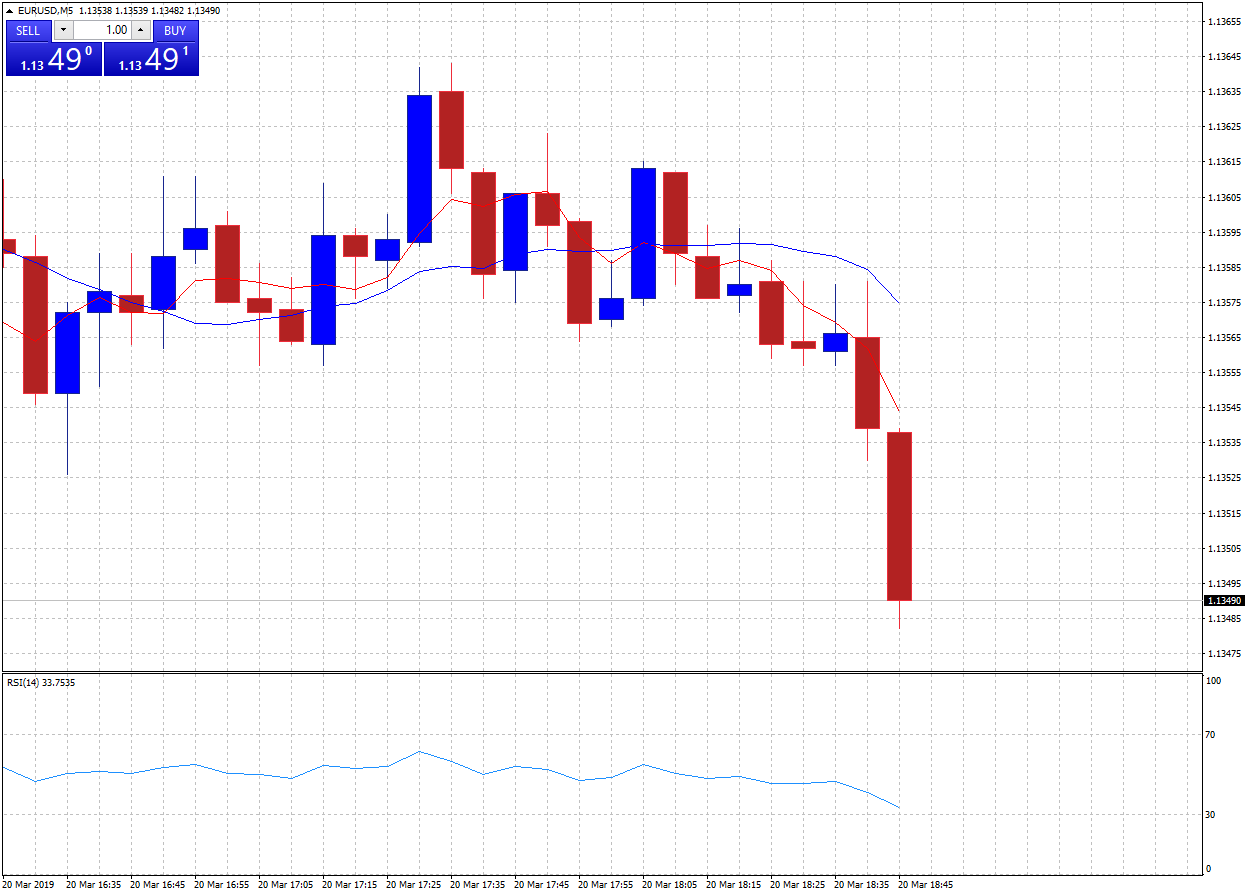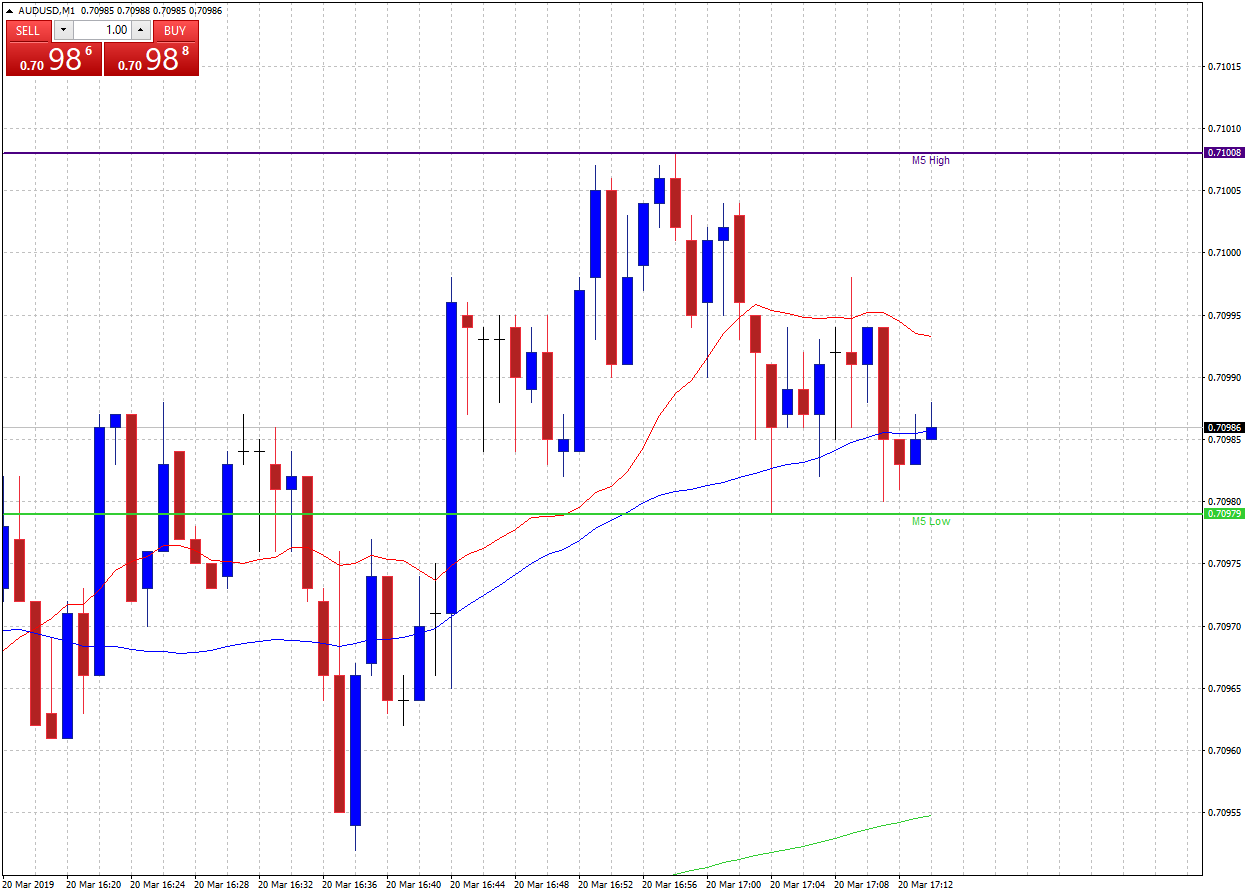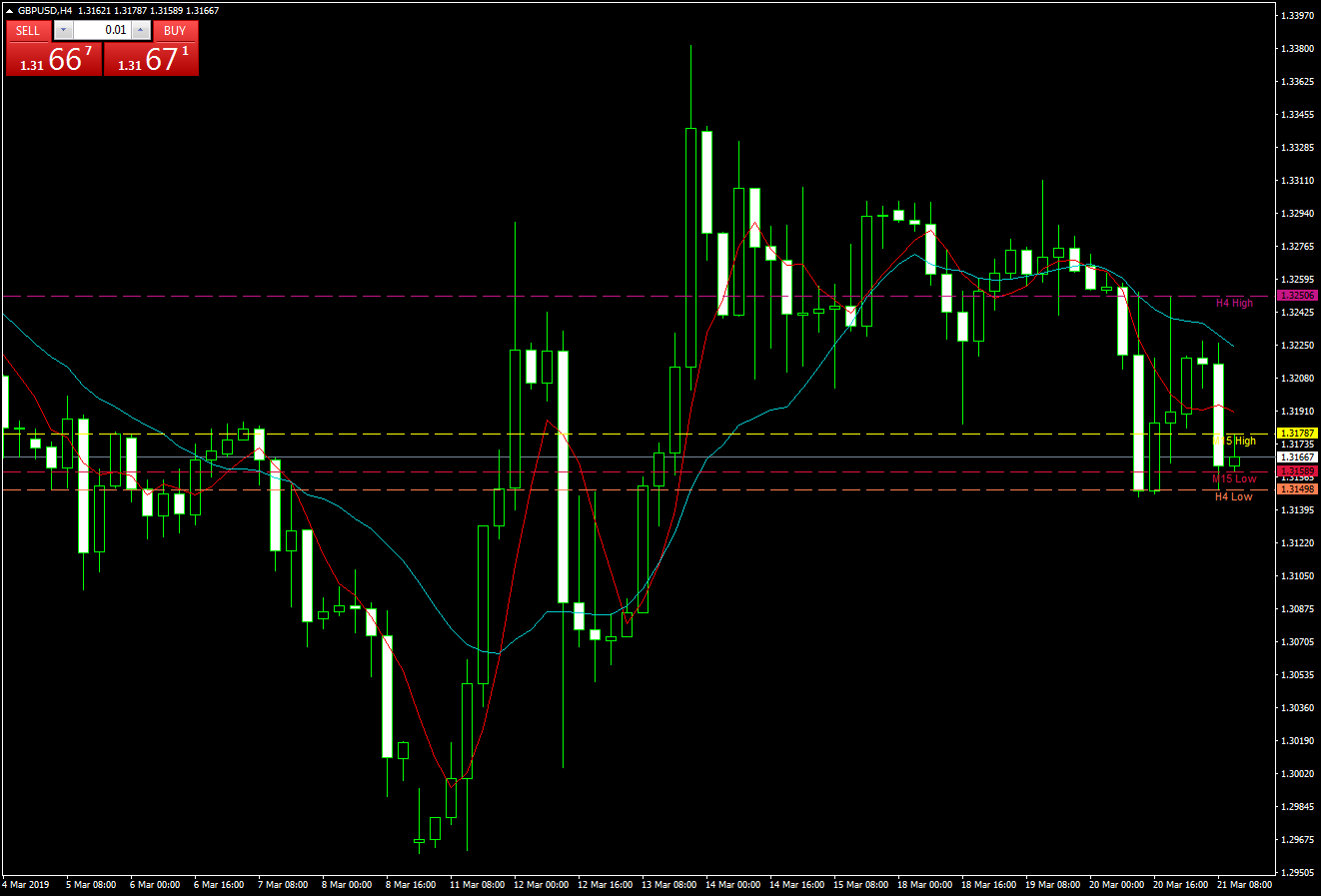Two simple ways to scalp the markets
Scalping is a trading strategy or style where a trader makes multiple trades over short-term time frames.
This trading style is a low (profit) margin, high volume strategy that requires attention and dedication. If you choose to become a scalper, you‘ll need to dedicate several hours a day to trading. If you work full-time be aware that it's a style suited to those who are willing or able to get up early or stay up late and trade around various market openings, for example, Japan open, London open, US open, Australian open etc.
Scalping also means keeping any negative P&L from losing trades to the lowest possible amount. This is done through a process known as scratching trades which closes non-performing trades for a flat or minimal loss. Scalpers will aim to have more winning than losing or scratched trades by a multiple of approximately 2:1, though that ratio could be lower in some circumstances.
In this guide, we’ll share the two simple ways to help you create a scalping strategy using the Simple Moving Average and the High-Low indicator.
How the Simple Moving Average can help you scalp the markets
Online trading via what's known as Direct Market Access or DMA has become increasingly popular over the last two decades. Today's trading platforms provide retail and professional clients with functionality to rival the systems used by institutional investors, and these platforms are offered to our clients, free of charge.
Three trading platforms to consider:
Of all trading strategies, scalping is the one that needs to be systemised because it lives or dies by the trader's ability to minimise losses and carve out small profits on the majority of their trades.
To help define your scalping strategy, you’ll want to use a set of indicators. For example, you may choose to plot a 5-minute EURUSD chart with two moving averages.
- A 15-period Simple Moving Average (SMA) which plots the average closing level from 15 separate and rolling periods and
- A shorter term and more sensitive moving average such as a 5-period SMA.
Comparing the two SMAs provides short-term clues about the likely path of EURUSD price action or any other instrument.

In the chart above, you can see the faster moving 5-period SMA line in red crossing down through the slower moving 20-period line in blue in the middle of the chart. The 5-period line then retests but fails to break above the 20-period line and moves lower once more, as does the EURUSD price. You may prefer something more tangible and clearly defined to base your trading strategy or to use in combination with the simple moving averages outlined above.
How to use the High-Low indicator for scalping
The High-Low indicator is a visual tool that traders attach to chart in either MT4 or MT5.
If you’ve installed Smart Trader Tools, you'll need to select Navigator in the trading platform toolbar and then right-click on the High-Low indicator in the"menu.
Unlike the SMAs, the High-Low indicator is more tangible and clearly defined. The High-Low indicator plots horizontal lines onto an instruments chart. The lines represent period highs and lows seen in a particular instrument. It provides traders with an instant visual reference between the current price action and the recent range. That information can prove invaluable to scalpers who are looking for the start and end of short-term trends and turning points in price action.
As you can see below, the chart is a one minute plot of AUDUSD and the High-Low indicator lines are drawn in purple and green respectively. In this example, they are based on 5-bars or 5 minutes worth of data. It also encompasses the near term range in AUDUSD. The time frames and the number of periods of data that the indicator considers are fields that you can customise and configure to suit your particular needs.

You might use a continued failure to break above the 5-minute high line in purple as a sell signal. You may also use the rebound away from the 5-minute low line in green as an opportunity to close short positions and look for a bounce by going long. If the underlying price breaks either of these high-low lines, that could be a signal that you should cut those positions and open a trade in the opposite direction.
Before opening a new position you may want to see confirmation of the new price range. One way that can be achieved is by widening the price bands, adding or subtracting a given number of pips to the calculated values of the High-Low lines, or by using audible and visual alerts for breaches of the lines.
Widening the price bands will allow traders to gauge if the High-Low lines have genuinely been breached. The alerts will reinforce that message if the breaches occur as part of price cascade. For example, a series of consecutive new 5-minute highs or lows.
One very useful feature of the High- Low indicator is the ability to have multiple versions of the indicator running at the same time on the same chart. That means you can visualise the high and low points in an instrument over different time frames and view them together.

You can find out more about how to use the High-Low indicator in our user guide here or contact your Cryptoburstaccount manager to discover how you can get access to our Smart Trader Tools.
Interpreting signals and managing money
The true scalper is not concerned about the overall price direction. Instead, they are interested in capturing as many ticks as possible when they are active in the markets. Scalpers are greedy, but not in a bad way. They want to maximise their returns to stay in the game. That's because scalping is all about the volume of trades made and the need for profits to outweigh losses.
The scalper's skill is in interpreting these type of signals, whether through intuition or more commonly through a rule-based approach.
Managing your money well is essential in any style of trading, but it takes on extra significance for scalpers because they know from the outset that they will have losing trades. What they don't want to see is their trading capital being whittled away on a daily basis by a rising number of losing trades without profitable trades to offset those losses.
The losses on each trade may be small, but they can soon mount up. If that happens to you, then you should take a step back and review your strategy and approach.
Getting used to the idea of scratching trades and deciding when to cut them won't necessarily come naturally to those who initially take up scalping but it will become second nature over time.
You can get a head start by testing and refining your strategy thoroughly in the demo environment using tools like the High-Low indicator before you trade in the live market.
Trading without distractions
Successful scalping strategies rely on traders being able to pay close attention to short-term signals and price action. The trader will probably focus on just a few instruments, with which they will become very familar. However, it's impossible for most of us to focus like this for more than a few hours at any one time without taking a break. So you’ll need to maximise the returns when you’re active and alert.
To do this, you’ll need to trade without distraction. So before you decide to adopt this trading style, be confident that you have the right temperament, opportunity and environment to work in.
If you are prone to constantly checking social media or live in a flat where there are always people noisily coming and going, then you may need to make some adjustments before you start to scalp the markets.
To summarise
Scalping can be considered to be the purest form of trading as it seeks to take advantage of the short term ebb and flow in price action regardless of which direction that is in, be it up, down or even sideways. A successful scalping strategy takes time to develop and will evolve with you. Developing that strategy is as much about ruling out what doesn't work for you as it is about discovering what does. Think about which instruments, trading time frames, times of the day at which you'll trade and the environment works best for you.
Our High-Low indicator is an excellent tool to help you build your scalping strategy and will help any aspiring scalper to become familiar with short-term price action and the best points at which to enter and exit trades. In time, you may want to consider adding additional tools and indicators into your setup. RSI14, Bollinger bands or Stochastics and MACD are all good examples of tools that traders use to provide confirmation for or early indications of short term trend changes.
The trick is not to over complicate your system but rather to use a setup that speaks to you and which you can understand and react to accordingly. If you haven't done so already download our Smart Trader Tools and put the High Low indicator through its paces.
The application has a series of icons that you can use to customise the appearance of the platform. For example, you can switch between a single and multi-chart view by clicking on the icon containing four squares. Simply right-click on an item in the system watch list to create a new chart. Users can have multiple charts open at any one time. I ran more than half a dozen charts at the same time on the platform without any issues. However, if you do this, a double monitor or very large single display set up is advisable. cTrader’s pop-out chart functionality also helps in making the most of your screen real estate.

